
Here’s How to Grow Calamansi at Home — No Farm Needed
“People Are Throwing Away These Seeds Without Knowing They Could Grow a Tree Worth Hundreds: Here’s How to Grow Calamansi at Home — No Farm Needed”
While most people squeeze a calamansi and toss the seeds without a second thought, few realize that they’re discarding something far more valuable than it seems — the potential to grow a citrus tree that offers endless fruits, health benefits, and even extra income. In fact, with just a handful of seeds, anyone can grow their own calamansi tree at home — no special equipment or large land required.
Whether you’re an urban gardener, a health-conscious homemaker, or someone looking to add greenery to your space, learning to grow calamansi from seed is not just simple — it’s smart. And in an era of rising food costs and increasing interest in self-sufficiency, it might be one of the best things you plant this year.
Why Grow Calamansi?
Calamansi (Citrus microcarpa), also known as calamondin, is a small citrus fruit popular in Southeast Asia and gaining attention worldwide. It’s rich in vitamin C, antioxidants, and has a distinct, tangy flavor perfect for cooking, juicing, and natural remedies.
But the real beauty lies in its versatility and resilience: calamansi trees are compact, thrive in pots, and can flourish in balconies, patios, or small backyards. Once matured, a single tree can yield hundreds of fruits per season with minimal maintenance.
What You Need to Start
-
Fresh calamansi seeds (from ripe, organic fruits)
-
Small pots or seedling trays
-
Well-draining potting mix (loamy or sandy soil)
-
Plastic wrap or humidity dome (optional)
-
Water and sunlight
Step-by-Step Guide: How to Grow Calamansi from Seeds
Step 1: Extract and Clean the Seeds
Take fully ripe calamansi fruits. Cut them open and extract the seeds. Rinse thoroughly under water to remove pulp and sugar, which can cause fungal growth during germination. Pat the seeds dry on a paper towel.
Step 2: Optional Pre-Germination (Speeds Up Growth)
Soak the clean seeds in warm water for 24 hours. This softens the seed coat and helps stimulate germination.
Step 3: Prepare Your Soil
Fill seedling trays or small pots with well-draining soil. A mix of garden soil, compost, and sand works well. Avoid heavy clay soil that retains water and suffocates the roots.
Step 4: Plant the Seeds
Plant each seed about 1/2 inch (1.25 cm) deep in the soil. Lightly cover with soil and mist with water until evenly moist but not soaked.
Step 5: Create a Humid Environment
Cover the pots with plastic wrap or a humidity dome to trap moisture and warmth. Place them in a warm, well-lit area — ideally near a window with indirect sunlight.
Step 6: Wait and Water
Germination can take 2 to 4 weeks. Keep the soil consistently moist during this time, but avoid overwatering. Once you see seedlings sprout, remove the cover and let them grow naturally.
Transplanting and Caring for Calamansi Seedlings
Once the seedlings are about 3–4 inches tall and have developed at least two sets of true leaves, you can transplant them into individual pots or into your garden if space allows.
Key care tips:
-
Sunlight: Calamansi trees need at least 6 hours of full sun daily.
-
Watering: Water when the top inch of soil feels dry. Avoid letting the soil stay soggy.
-
Fertilizing: Use a balanced citrus fertilizer every 4–6 weeks during the growing season.
-
Pruning: Trim weak or overcrowded branches to encourage a bushier shape.
With proper care, your calamansi tree may begin flowering and bearing fruit within 2 to 3 years, sometimes earlier under ideal conditions.
Common Mistakes to Avoid
-
Overwatering: Root rot is the most common cause of seedling failure.
-
Using unripe or hybrid fruit seeds: These may not germinate or produce true-to-type fruit.
-
Not enough sunlight: Without full sun, your plant may grow slowly and bear little to no fruit.
Final Thoughts: A Tiny Seed, A Big Reward
Growing calamansi from seed is not just about planting a tree — it’s about cultivating patience, self-reliance, and a little piece of nature in your own home. In a time when more people are turning to sustainable living and natural remedies, this humble citrus tree offers more than fruit — it offers purpose.
So the next time you squeeze a calamansi for your tea or dipping sauce, think twice before tossing the seeds. Because in your hands lies the start of something surprisingly valuable — and possibly life-changing.
News in the same category


The husband slapped his wife in front of his friends to show off — but her act of revenge left everyone shocked and speechless
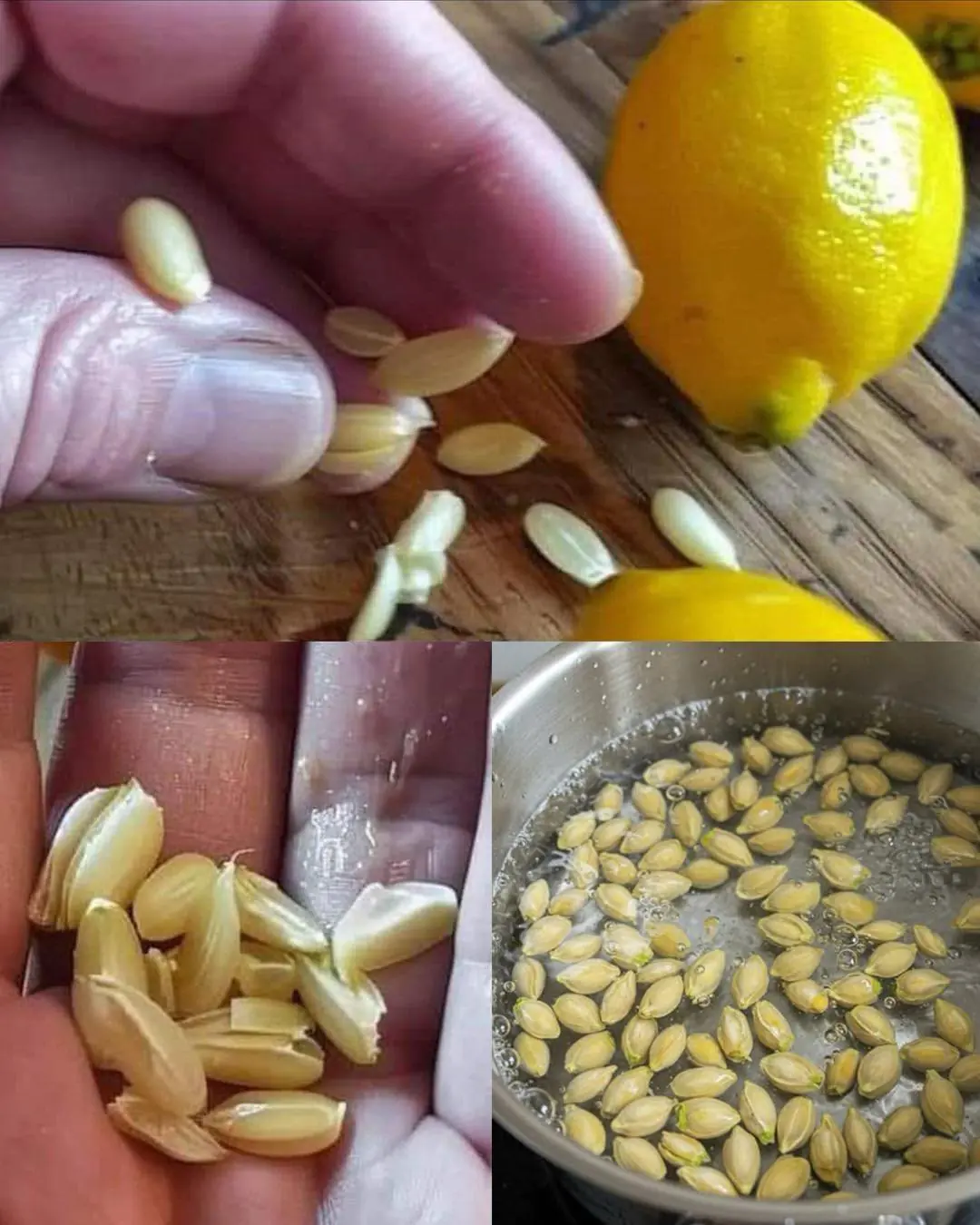
10 Clever Ways to Reuse Lemon Seeds at Home

Unlocking the Secret Health Benefits of Common Mallow: Nature’s Wonder Herb for Wellness

Essential Knowledge for Growing Cassava Successfully
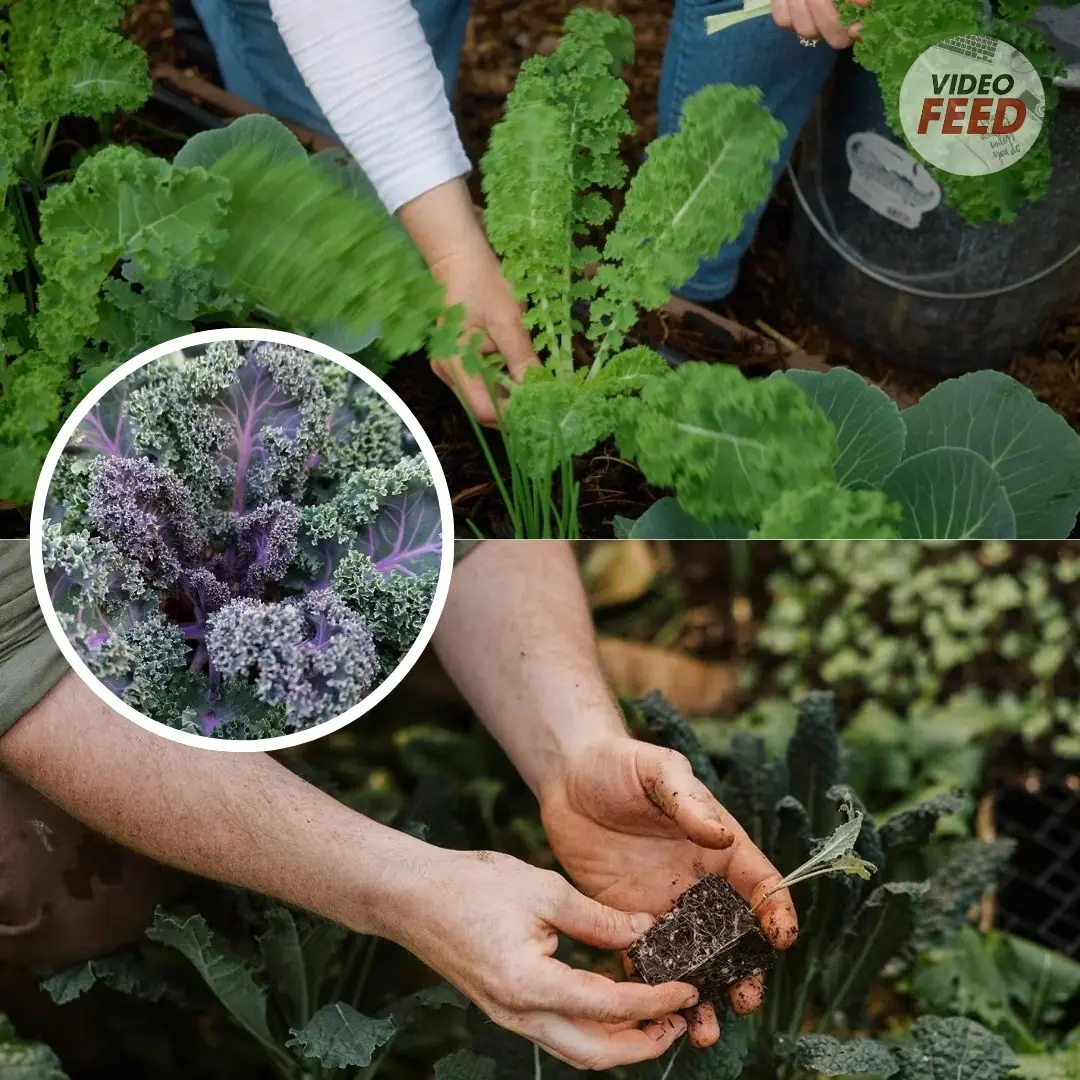
Growing Kale: Planting, Care, and Harvesting Tips
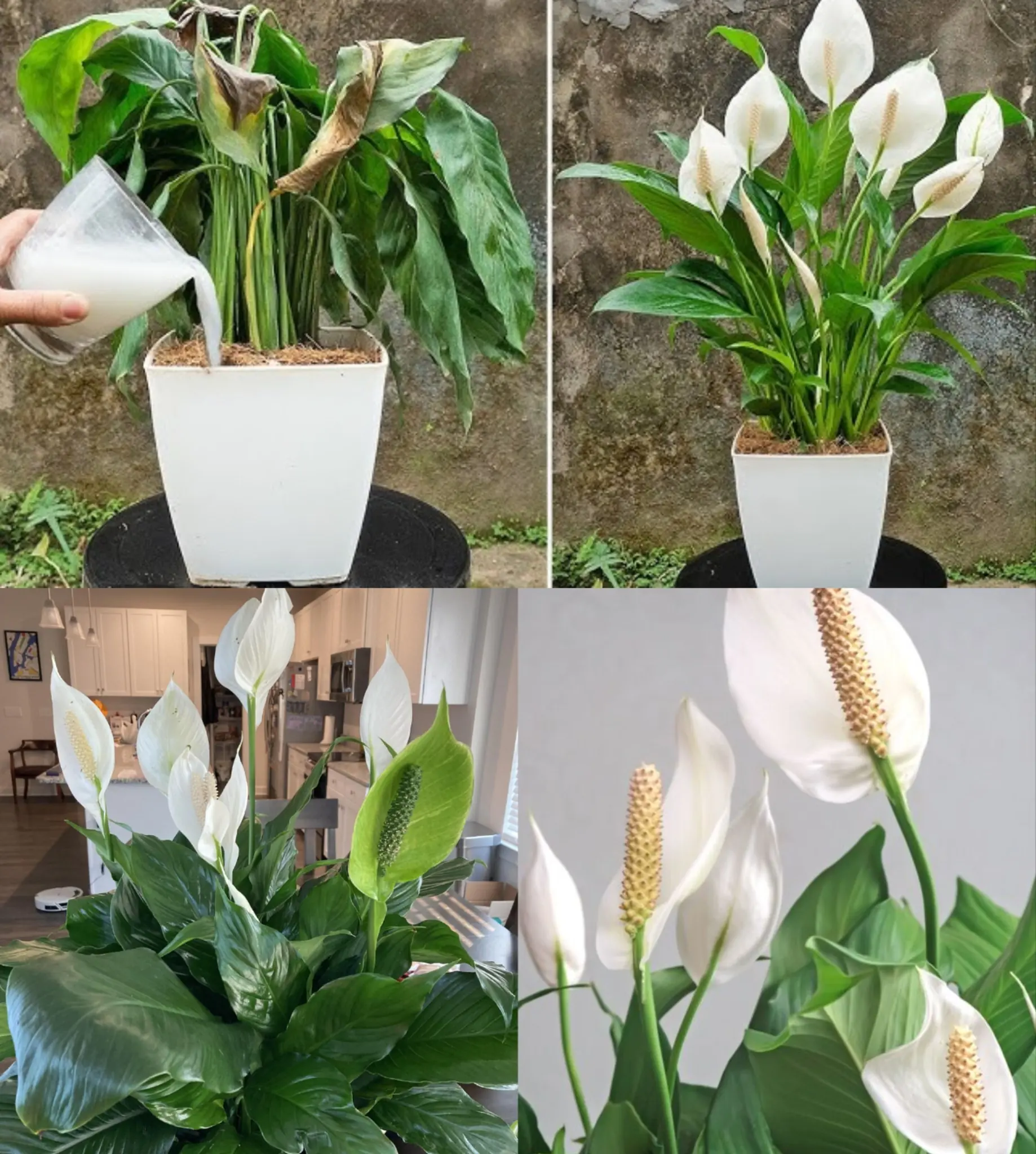
Just 1 Cup Makes Peace Lilies Bloom with So Many Flowers
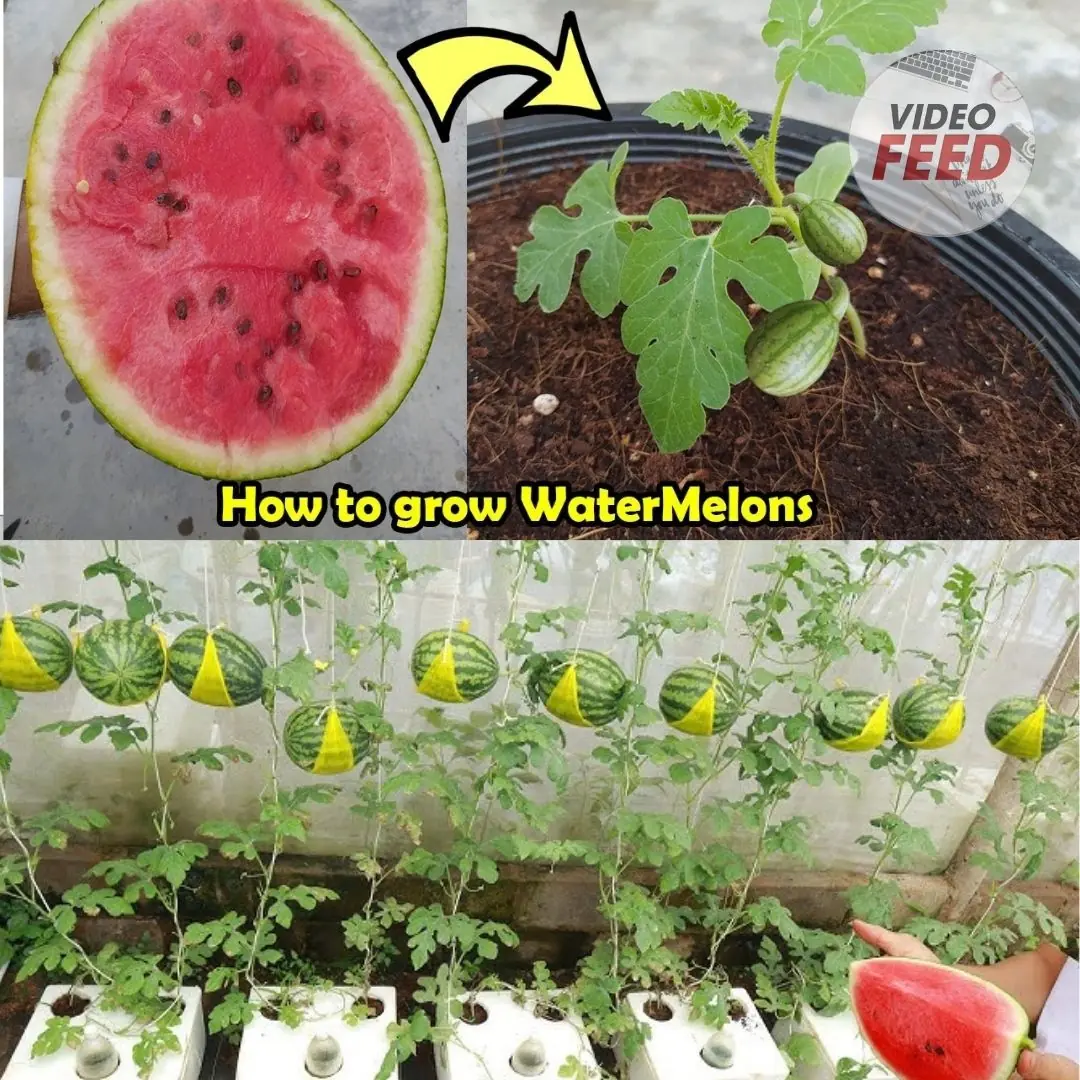
How to Grow Watermelons at Home: A Guide for Small Spaces & Balconies
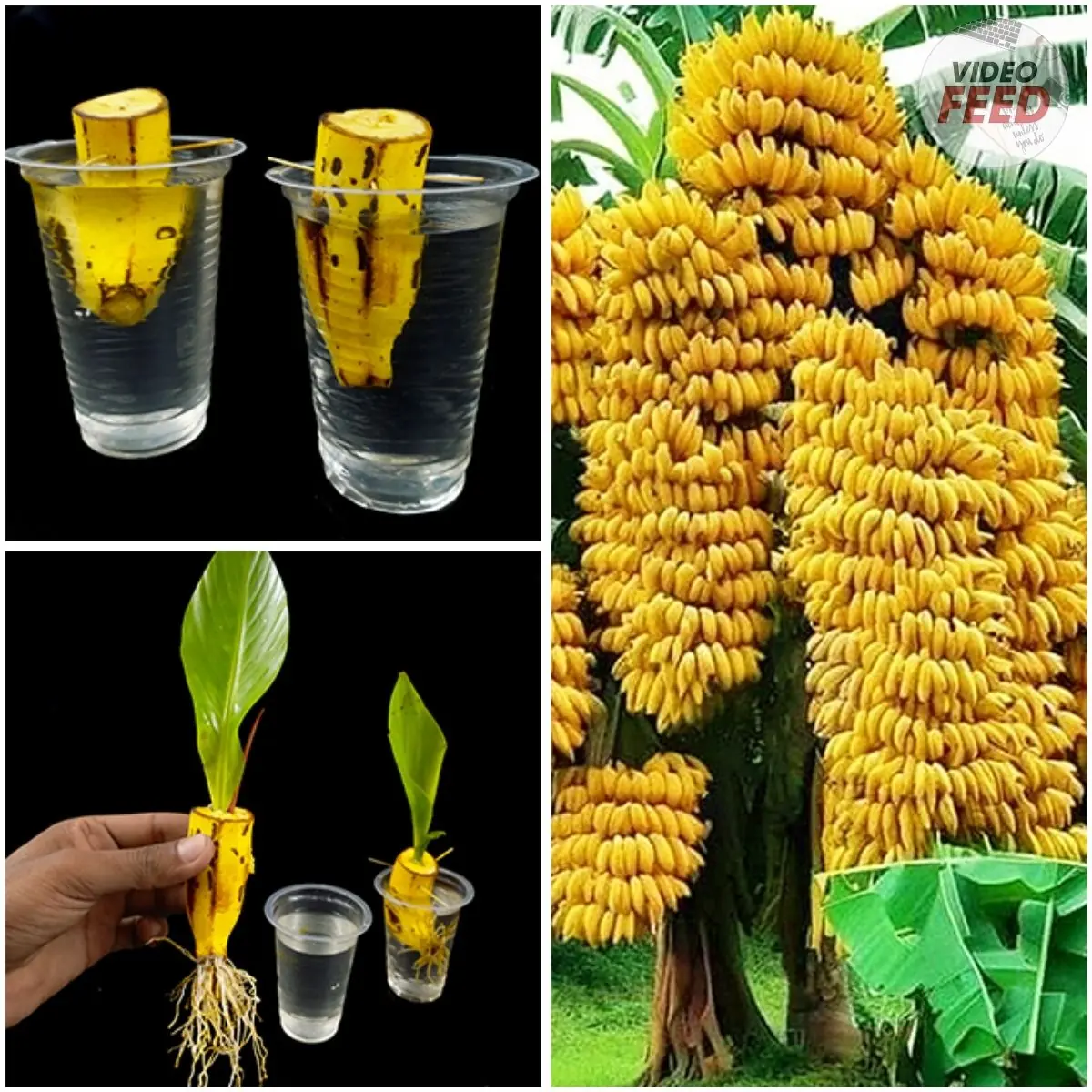
How to Grow a Banana Tree at Home and Never Buy Bananas Again
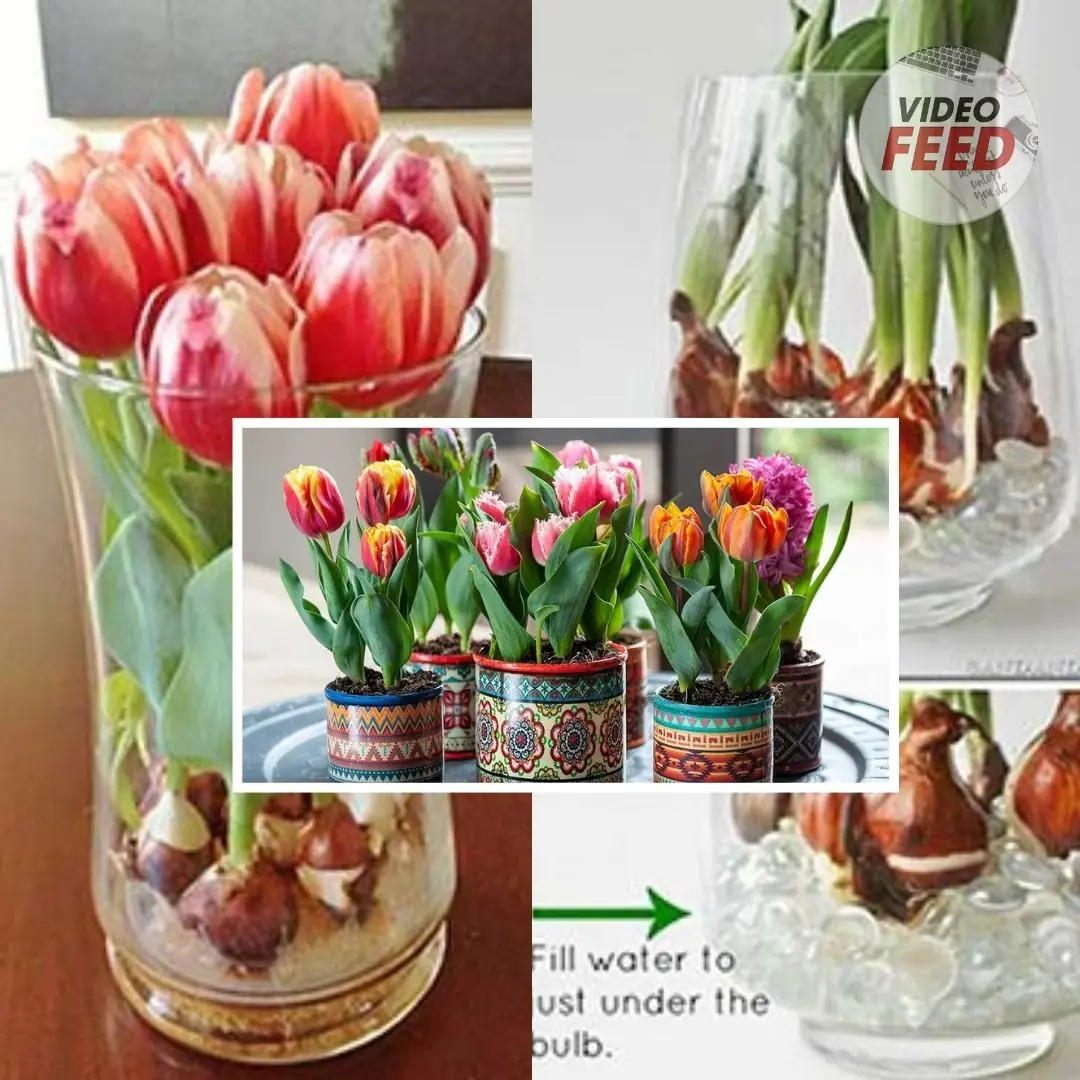
How to grow tulips indoors – a step-by-step guide to forcing these beautiful bulbs

How to Grow Habanero Peppers in Pots
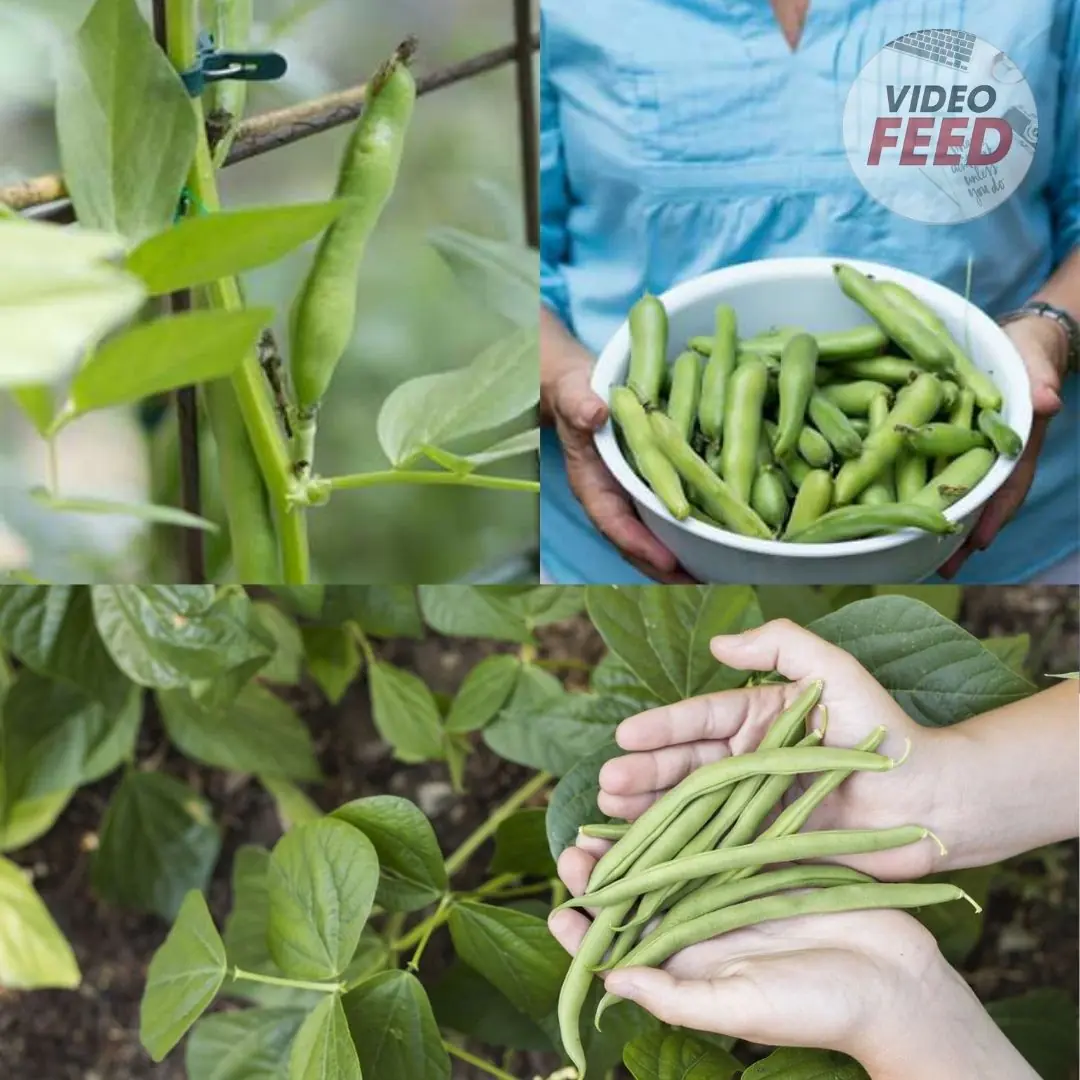
Grow These 5 Garden Beans This Summer

Why Asians Are Rushing to Grow This “Miracle Tree”: Heals Like Medicine, Sells Like Gold

How to Grow and Care for Dieffenbachia

How to Grow and Care for Phalaenopsis Orchids Indoors
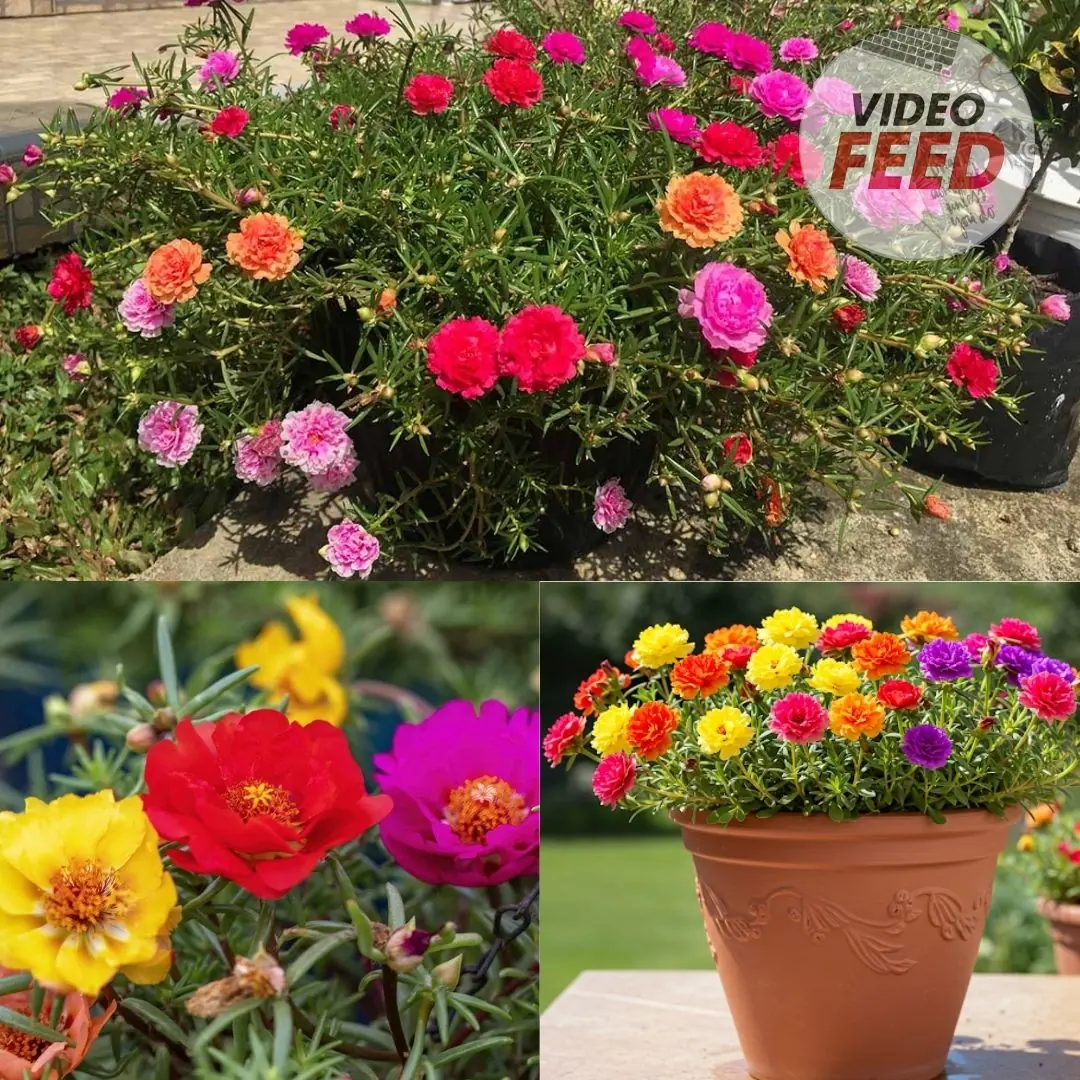
Portulaca in Pots: The Complete Guide to Growing Colorful & Drought-Tolerant Flowers Outdoors
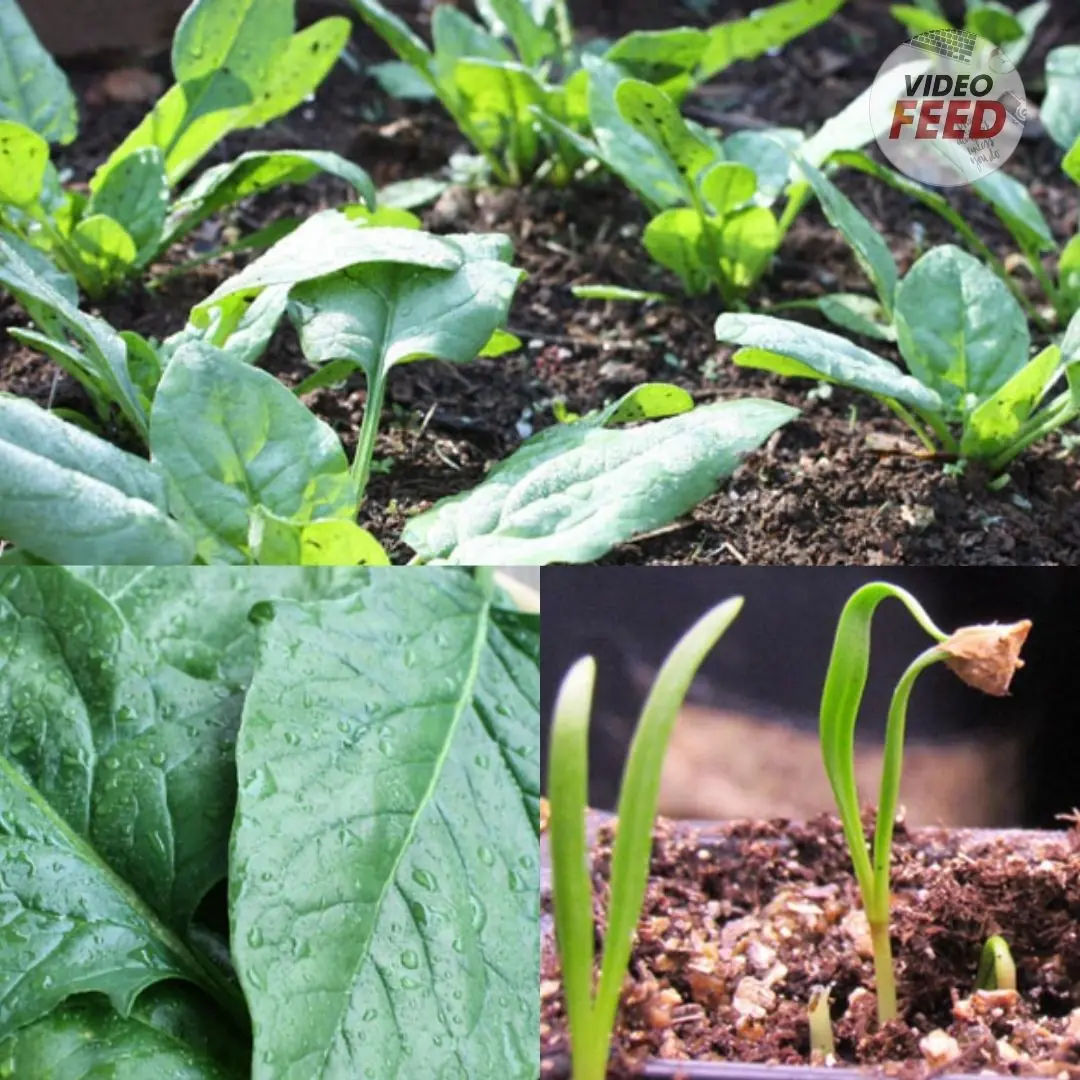
10 Tips for Growing Superb Spring Spinach
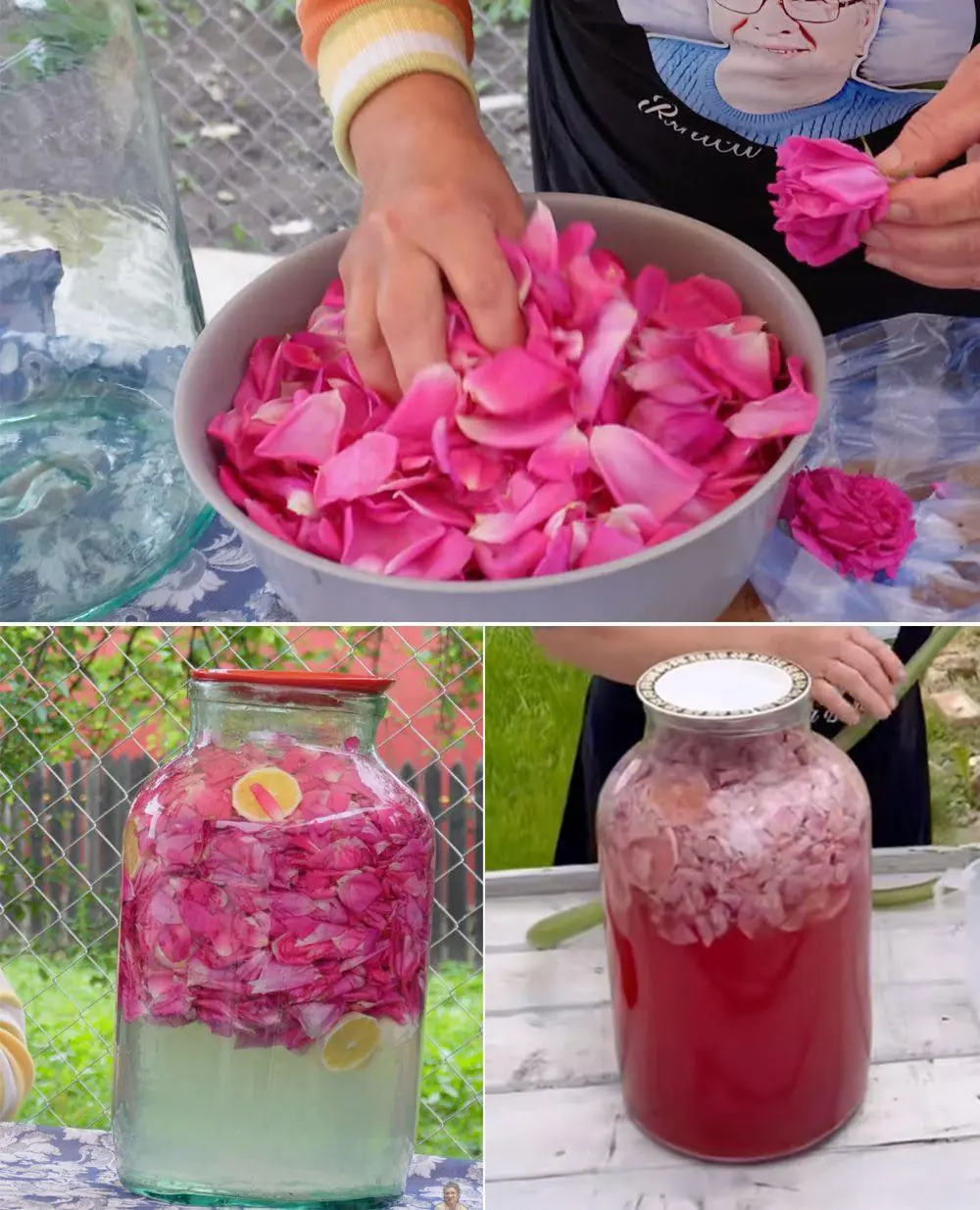
How to Make Rose Petal Lemonade – A Refreshing Homemade Drink
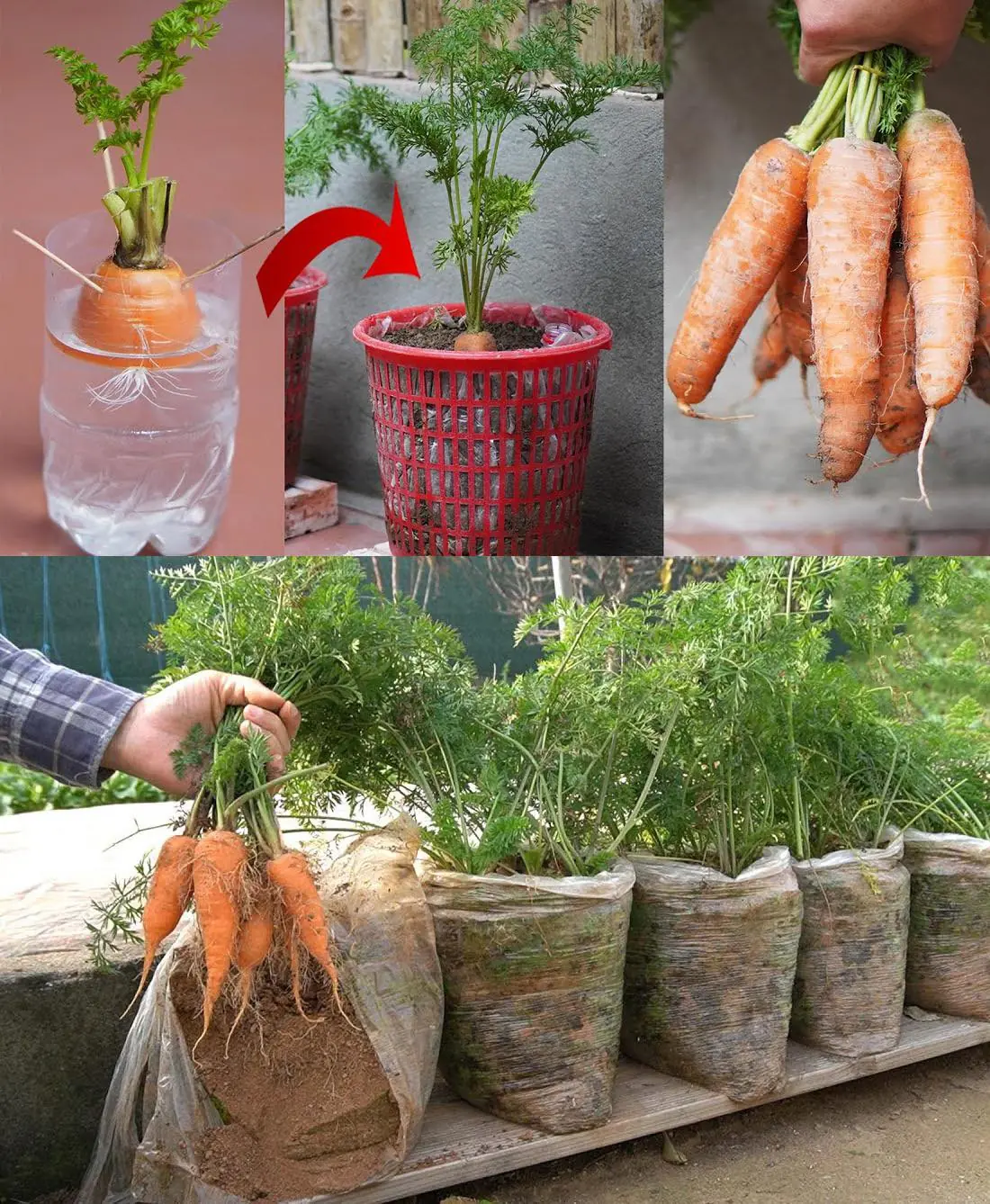
How to Grow Carrots at Home in Containers Starting with a Single Carrot
News Post
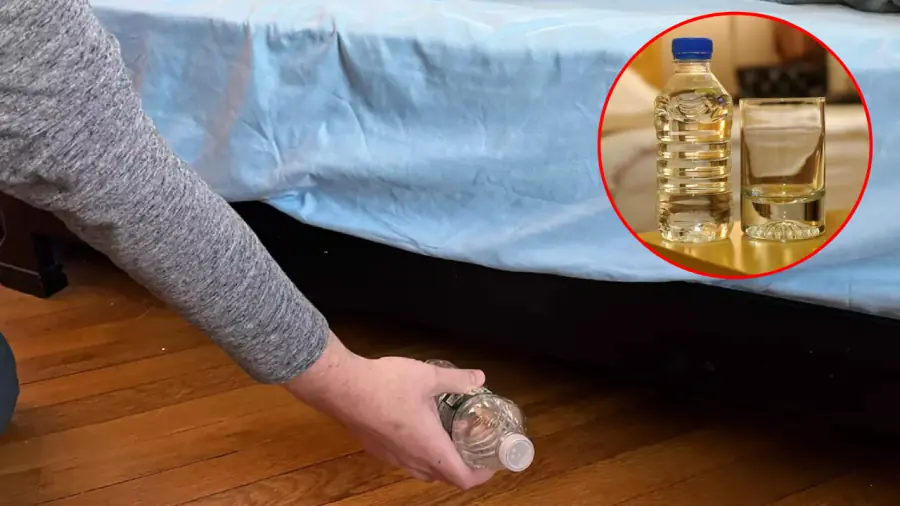
Always Throw a Water Bottle Under the Hotel Bed: A Flight Attendant Reveals Why
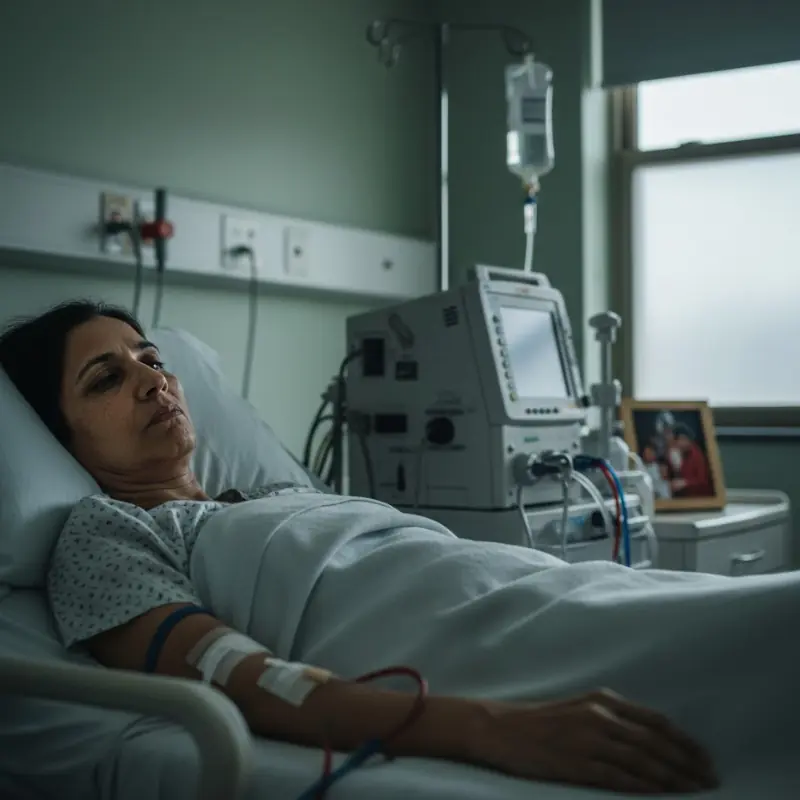
Drinking These 4 Common Beverages Could Be Harming Your Kid.neys
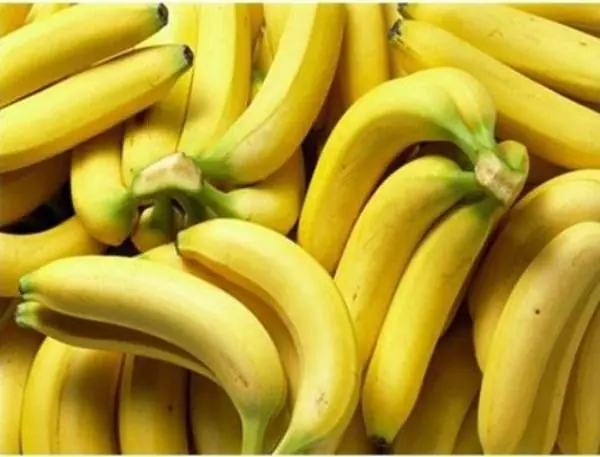
What a Daily Banana Could Mean for Your Blo.od Pressure?

When a Family Member Passes Away, Don’t Throw Away These 4 Important Things
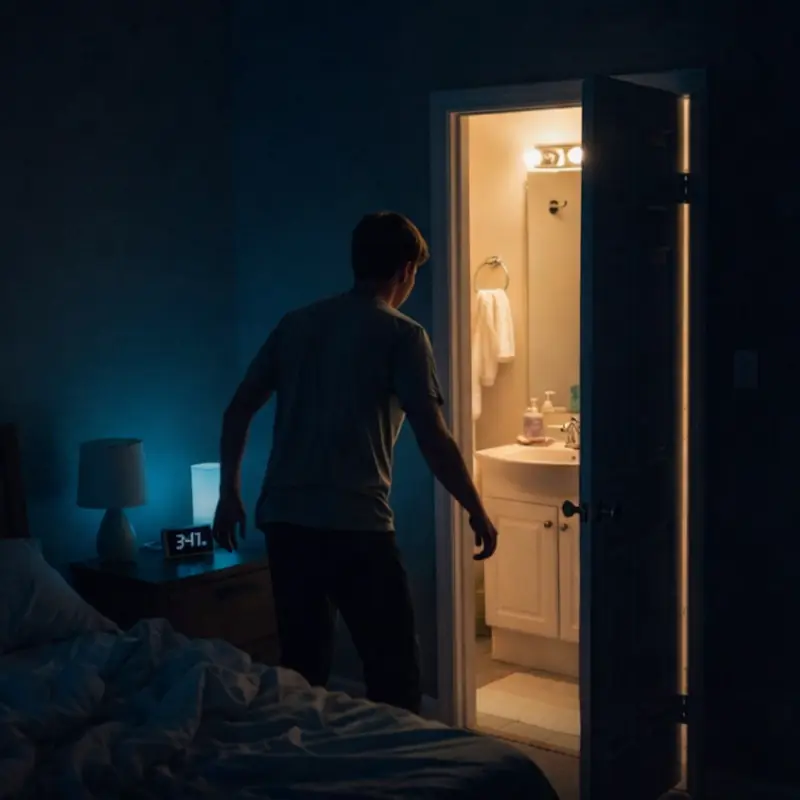
Waking Up at Night to Urinate? Read This

A 14-Year-Old Girl Diagnosed with Colorectal Can.cer: Doctors Warn—It’s Better for Children to Skip Breakfast Than Eat These 4 Types
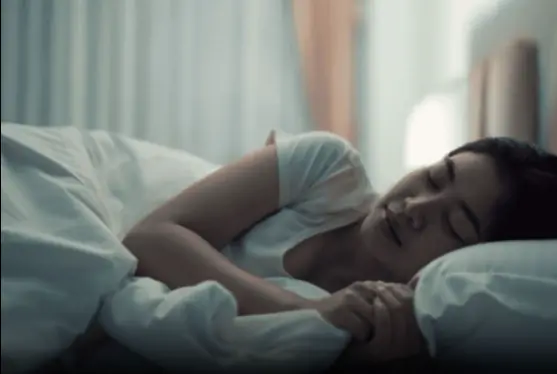
Every woman likes to be touched in these "3 places" on her body, especially the first place

Plants That May Attract Snakes to Your Home: What You Should Know

Garlic peels are not trash, don't rush to throw them away

Say Goodbye to Joint and Foot Pain with a Relaxing Rosemary Bath

If You See A Man With One Painted Fingernail, Here’s What It Means

Dog ticks bit 3 people in a family, 2 died: If you can't keep them clean, don't keep them, they're full of diseases
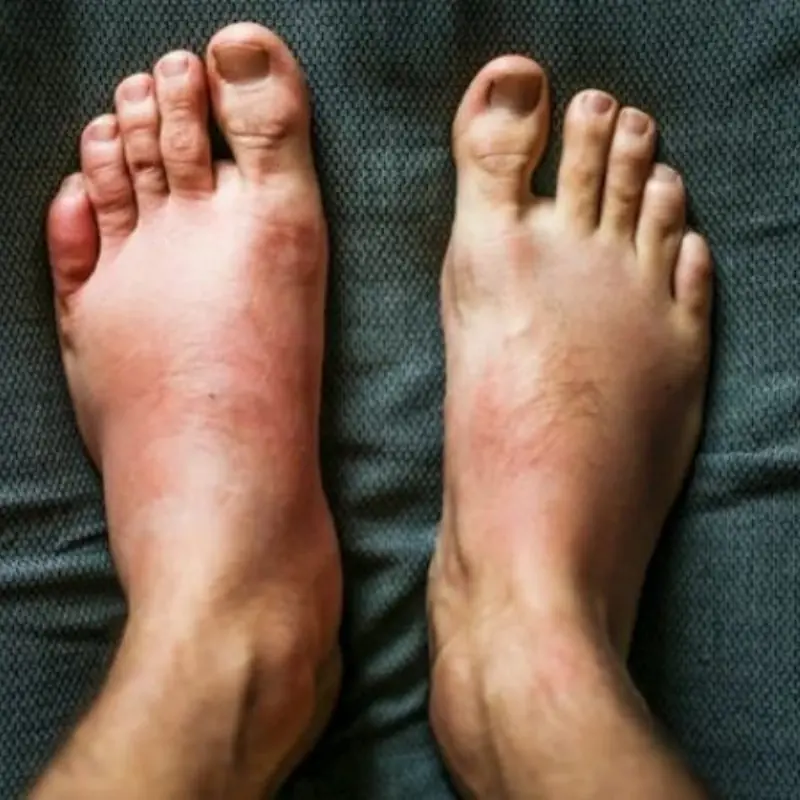
Don’t Ignore These 7 Early Heart Attack Warning Signs

Drink coconut water on an empty stomach for 7 days, kill 10 birds with one stone: it's a waste not to try it

8 Natural Remedies for Sinus Infections That Work Without Antibiotics
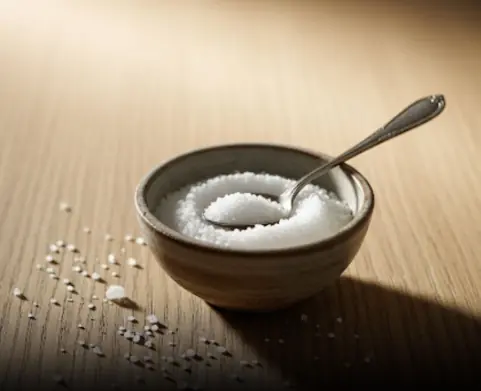
This One Superfood Could Tackle Major Health Issues—Here’s What You Need To Know

If You’re Farting More Than 25 Times a Day—It Might Be a Sign Your Body is Trying to Warn You

Preventing Stroke At Any Age: 3 “Don’ts” After Meals—And 4 “Don’ts” Before Bed

Why You Might See Unusual White Bumps On Your Lips Or Genitals
